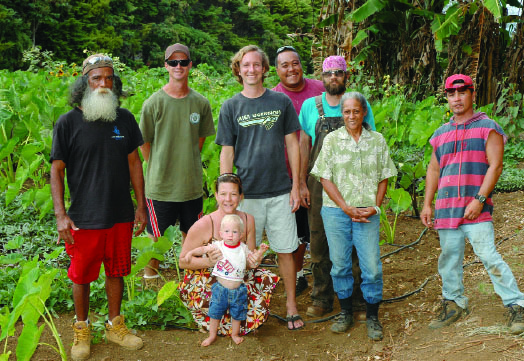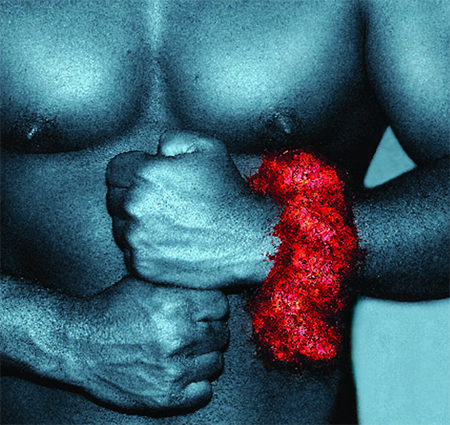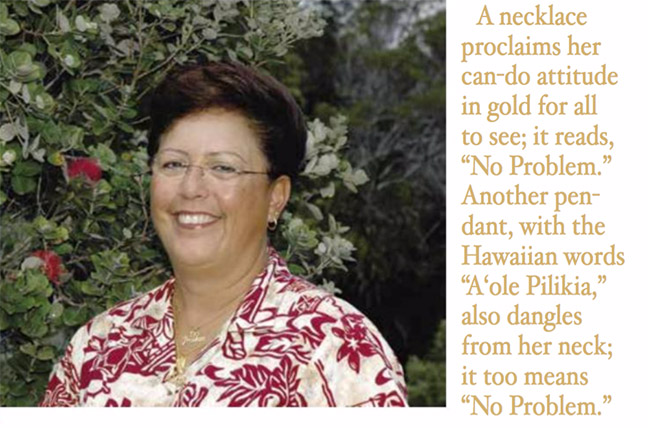Ka Puana: Rock Garden
Rock Garden
By Wayne Stier
With what cauliflower costs in Kona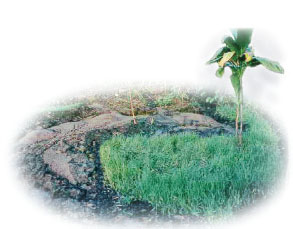
I concluded it was time to start a garden.
I planned pragmatic rows of vegetables
Outside my home
On the lower slope
of Mauna Loa
where the land swirls into
Kealakekua Bay.
That was the plan,
but the land lay overgrown
with chest-high,
brush-bristle-thick,
sticky molasses grass.
I set my jaw to the job,
grabbed the weed cutter,
scythed and hacked,
broke my butt.
broke the cutter
and for what but rock!
ROCK!
Beneath a foot of fist-size surface rocks
I found disheveled knots of hairy roots.
I scalped my enemy, the weeds.
Their rot is the only soil I got—
or need.
Another plan evolved.
I’d toss the rock beside the fragrant
flower tree.
I could see the sunset while I sat
if I built up this spot
with unwanted rock.
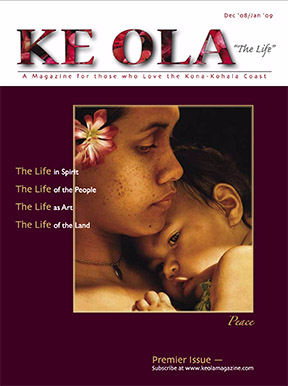
When my friend saw the rock pile
he said, “Hey, a heiau
(It grated on my nerves, that pun.)
It was, he thought, great of me and fun
that I should honor one
old Hawaiian lore:
the secret—the huna—about mana
alive inside of every stone.
And in a while the lava pile had grown
in my eyes
not just in size
but into a power place,
a temple, a throne
with rocks I thought were waste.
From atop my two-foot tower
I began to see more beauty
Than I had ever known before.
Above the leaves of downhill trees
Were sunset colors unfamiliar:
Mauve and marigold,
Tangerine, vermillion,
Even a spark of chartreuse
When the sun winked
into the horizon.
One day as I scraped and cleared
I found a rounded stone
beneath the roots,
a three-foot turtle’s back,
not a’a black but pahoehoe grey.
“I’ll leave it lay,”
I said as if I had a say.
As I struggled with the surface stone
to find more soil,
the turtle-rock transformed
without my knowing.
An elephant-hide texture had grown
into elephantine size.
The lava had been flowing
in the form of a spiral
mirroring the whirlpool of the land.
“It’s shaped like a yin and yang,”
another friend of mine explained.
So I changed my plan again.
I’d make a paisley garden patch.
Good-bye to terraced plots with matched
rows of vegetables.
Instead I’d have a yin and yang:
the yin bed growing,
the yang, the stone.
I was halfway done
when the compost near the house began
to reek like an outhouse in the sun.
So I dug a compost pit
with a terrace next to it
and two more after that
where they would fit.
The compost pit was down below.
The rock pile was opposite
up by the fragrant flower tree.
The “heiau smelled like heaven;
the compost stunk like hell.”
No way,
I thought would I go close
to the smell of compost decay.
I merely wished to delay
and rationalized the day
of sitting in the sun
and leaving work half undone.
Tree branches wavered
under the weight of lighting birds.
Breezes tickled leaves
of the sacred ti tree
I’d rescued from the weeds
In the center of the spiral
about a fathom from my pebble pile.
My idle mind roams.
I saw the image of a bird appear in stone.
I took delight in the frivolousness
of the game my mind was playing.
“Holy wait-a-moment,”
I said aloud, alone.
I wasn’t looking at mere stone
or garden plan.
I was looking at a poem
the land had formed.
The vegetables?
Not yet.
First I’ll plant the land
with wheatgrass to feed the earth.
Their growth will paint the plot with vibrant green
And echo the form of the yin-yang stone
down from the pebble pile
above the birthing compost soil
inside Kealakekua’s coil
where the land whirls toward
the vortex bay.
Kealakekua,
‘Pathway of the Gods’. ❖
“Rock Garden” appears in the book, Blue, Tales from a place called paradise, by Wayne Stier, published in 1987.
